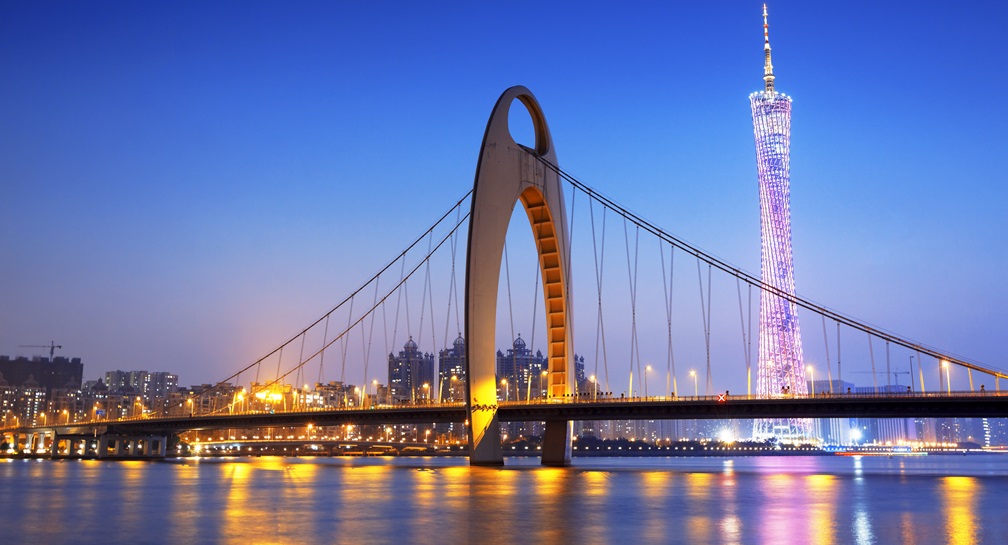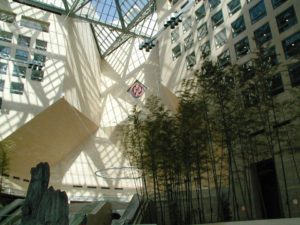The rapid growth of China’s cities, both in terms of population and land area, has brought challenges for those who govern urban spaces, especially in the fields of employment, security, welfare, and neighborhood conflict.
In response, municipal governments across the nation are pushing the same two initiatives.
First, municipal officials have embraced the need to “refine” the country’s cities. From vast metropolises like Beijing, Shanghai, and Guangzhou to thousands of smaller Chinese cities, the same government-sponsored buzzwords appear: “high-end,” “aesthetically pleasing,” “cosmopolitan.”
Chinese urban planners strive to realize socially positive notions of “modern” and “green” cities, and the most successful are recognized by government ministries in a series of competitions. Cities are also eager to earn national awards for being exceptionally clean or “civilized.”
Municipal officials define “refinement” in remarkably similar ways. Typically, it involves inviting a renowned international architect to design a capital-intensive landmark building — say, Zaha Hadid’s Guangzhou Opera House or Meinhard von Gerkan’s Chongqing Grand Theater.
Officials may also clear huge public squares in front of municipal government buildings, construct avant-garde statues largely devoid of any local cultural or historical significance, and erect “central business districts” that resemble cut-and-pasted copies of the Manhattan skyline.
“Refinement” also means clean urban environments, a sense of order, and standards for the appearance of residences and street advertisements.
Note from Storm: But what happens when those standards go beyond performance specifications and become uniform prescriptions? Then we get the same “plague of sameness” one finds in so many American cities, where one wouldn’t know where one was if Google Maps wasn’t there to tell you. Read the rest of Professor Wang’s article to see how this is happening in China.
Featured photo of Guangzhou by Cozyta via Adobe Stock.


